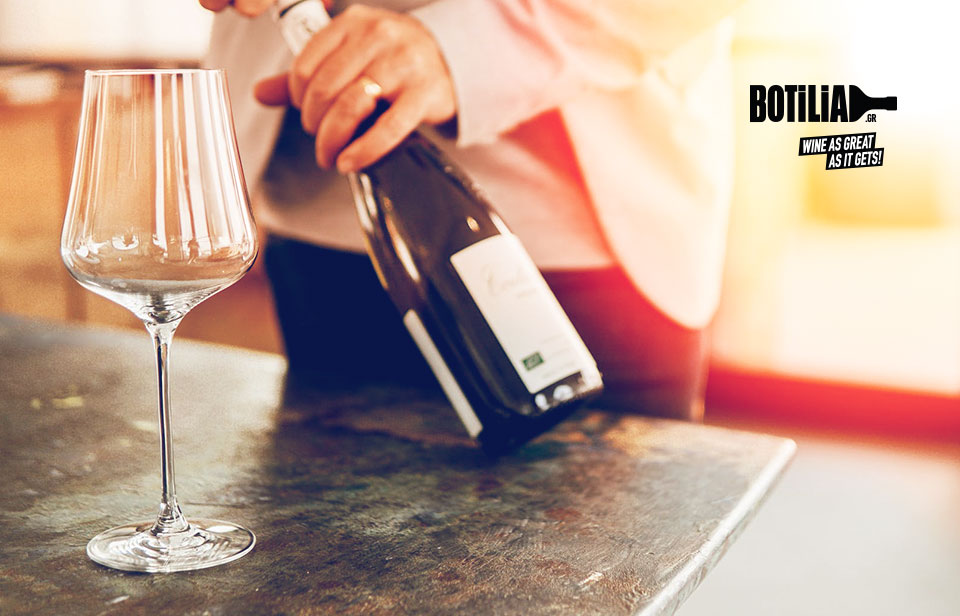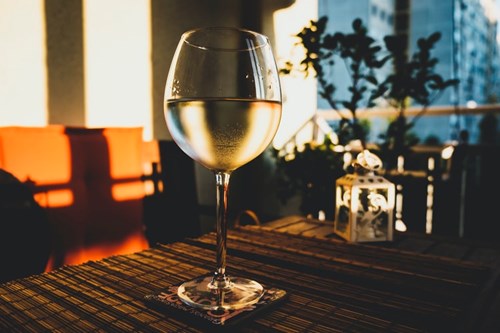WHEN IS THE BEST TIME TO OPEN A BOTTLE OF WINE?

There has been a great fuzz about the wine fridges, the Coravin and the ideal storage conditions of wine. The reason for this is nothing but enjoyment. Sophisticated tertiary aromas of wine such as truffle, coffee, nuts and forest floor, softened tannins, ripe, sweet fruit and rounded acidity make aged wines very enjoyable and deserve our patience. But do we exaggerate and "lose" some wines from our longing? When is the best time to open a bottle of wine? This big question has many different answers that have to do with both the wine and the mood but let's examine them thoroughly…
The most important factor in the type of wine we are talking about. For example, fresh and aromatic whites (but also roses) from Malagouzia, Moschofilero, Pinot Grigio, Athiri and Muscat, are better enjoyed young. This means that they are at their peak from the moment they are released and for about 1 more year. There are, of course, exceptions to this rule. For example, Blanc de Gris of Tselepos is a Moschofilero that has proven to age well. Whites that are destined for aging should have the following characteristics: high acidity, lots of fruit, concentration and intensity. Clearly, on top of the factors mentioned above, the way of vinification, the variety but also the climate in which the grapes ripen are of major significance. Varieties such as Assyrtiko, Chardonnay, Riesling, Robola and Chenin Blanc have great aging potential, especially if they come from cool climate. This means that you can age Santorini’s Assyrtiko for at least 5 years before you open it. The same applies to Rieslings from Mosel or Chardonnays from Burgundy. The way of vinification on the other hand influences the evolution of wine over time. When the wine matures with the wine lees it acquires volume and an extra protection from oxidation, while when it ages in oak barrel it acquires extra structure to the wine but also it exposes it to a slightly oxidative aging. In Burgundy, for example, they faced the very important problem of premox (premature oxidation) which means that some white wines that were intended for long aging, "aged" much faster. Some argue that stainless steel tank aging may give wines that could be more durable over time.

If we are talking about red wines, things are a bit different. The reason for this is tannins. Tannins give structure to the wine and this helps it to age better. This of course does not apply to everything. For example, there are some red wines that are intended for immediate consumption (6-12 months after their release). The wines made with maceration carbonique like Beaujolais belong to this category. In general, the vinification practices followed are each wine’s ticket to time travel. Extraction and maceration before and after fermentation, aging in oak or cement and the time of harvest are very important elements for the aging potential of a red wine. Beyond that, the grape variety also plays a major role. Xinomavro, Cabernet Sauvignon, Nebbiolo, Mavrodaphne and Syrah have a great aging potential, which in many cases exceeds 10 years. On the other hand, Lagrein, Nero d’Avola, Frappato, Augoustiatis are varieties that give wines that we usually enjoy in the first 5 years of their life.
Another very important factor is quality. A very good wine usually has the background to last longer. And how will you know that? By trying it of course. My advice is to taste a wine fresh and young, evaluate it and see if it is worth getting some bottles for the following years. Finally, the best moment to open a wine may not have to do with aging but with the moment itself. A moment that you want to remember, that you want to celebrate something special, that you want to reward yourself because you did it is always worth the best wine, the one that you hide on the bottom shelf of the wine fridge with a DO NOT TOUCH sign.
Eva Markaki
Wine Geek


